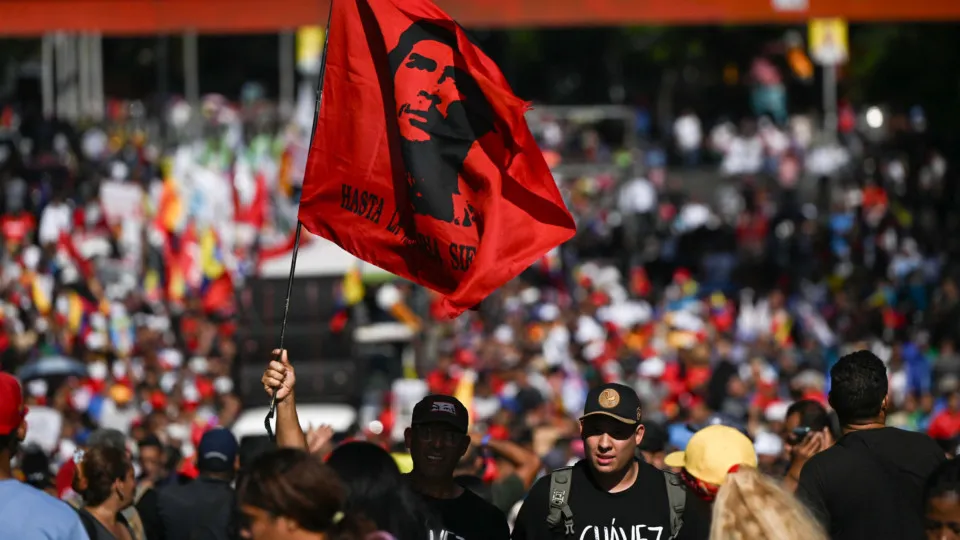Born on June 14, 1928, Che Guevara was an Argentine Marxist revolutionary, physician, author, guerrilla leader, diplomat, and military theorist. A prominent figure in the Cuban Revolution, he became a martyred hero to generations of leftists worldwide after his execution in 1967 by the Bolivian Army.
Already an iconic figure in the 20th century, his stylized visage remains an ubiquitous countercultural symbol of rebellion, leftist radicalism, and anti-imperialism, and his name alone still lights a revolutionary spark in many seeking social and ideological change.
Click through the gallery for an appreciation of the life and times of one of recent history's most idolized and controversial figures.



